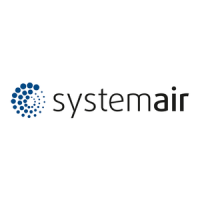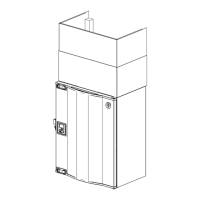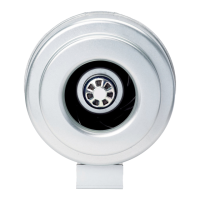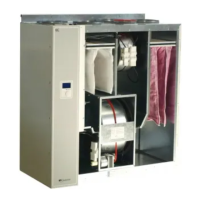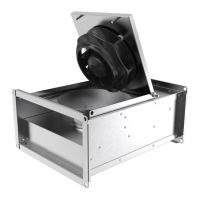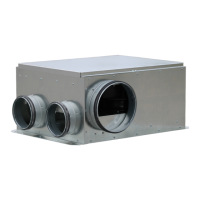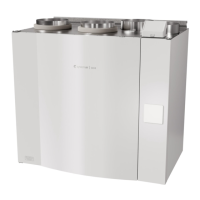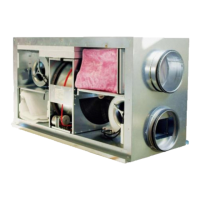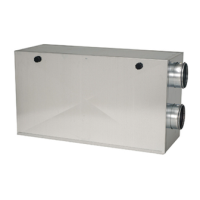Installation |
5
7 Installation
7.1 Safety information
Warning: Danger from falling fan or fan parts.
♦ Check the surface before installation for load bearing capacity.
♦ Consider all static and dynamic loads when selecting hoisting equipment and fastening components.
General safety information
♦ Installation may only be carried out by adequately qualified persons, details see Table 1 Qualifications, page 1.
♦ Wear protective equipment during all work in the vicinity of the fan, details see 2.2 Personal protective equipment,
page 2.
♦ Abide by the system-related conditions and requirements of the system manufacturer or plant constructor.
♦ Do not dismantle or circumvent safety elements, or put them out of function.
♦ Move the impeller of the fan by hand before you install it in order to check that it moves freely.
♦ Provide contact and intake protection and ensure safety distances according to DIN EN ISO13857 and DIN 24167-1.
♦ Prevent the possibility of foreign bodies being drawn in.
♦ To reduce transmission of vibration to the duct system, we recommend flexible connections from our accessory
range, see chapter Accessories.
7.2 Preconditions
♦ Ensure that the fan and all its components are
undamaged.
♦ Ensure that there is enough space to install the fan.
♦ Protect against dust and moisture when installing.
♦ Ensure that the information on the name plates (fan
and motor) matches up with the operating conditions.
♦ Fit the fans in such a way that there is sufficient
access for troubleshooting, maintenance and repair.
Important
Damage to the bearings or other parts of the fan can occur.
♦ Do not place a duct bend directly before or after the fan!
♦ Ensure a smooth and constant air flow to the device. Ensure a free exhaust. See Fig. 1 Straight ducts,
page 5.
• Rectangular duct system: D = Hydraulic diameter • Round duct system: D = Nominal diameter
Ø D
min.
2,5x Ø D
min.
2,5x Ø D
Fig. 1 Straight ducts
7.3 Installation variations
The installation is possible in any mounting position.
| 003
